As anyone who reads this blog regularly has probably noticed, I have a fondness for quirky, odd, or unexpected motifs. Flowers are pretty but unless they’re really bold or interesting, don’t usually grab my eye. Birds I could take or leave. Put a skeleton, or a jellyfish, or insects of some sort on a kimono and I am making obsessive grabby-hands within nanoseconds.
There is only one shop in Montreal that sells real kimono and obi, and the first time I went there I browsed and didn’t find too much that grabbed me. The owner, Mrs. Uchiyama, pointed me towards a bin of obi that were on sale, after she realized I was actually looking for kimono to wear, not “pretty brocade” to use as home decor. That’s where I found this baby.
As soon as I saw it, I had to have it. The spiders are just so adorable and goofy-looking.
The obi itself is a really interesting texture, it’s a single layer but definitely heavy weight, a sort of raw slubbed silk. The spider webs and leaves are painted on, and then the spiders are embroidered over top of that. It’s fukuro width, but doesn’t exactly feel formal to me, due to the rough nature of the base silk.
I’ve only worn it once, sadly. It needs to get more exposure and I’m hoping I’ll have somewhere else to wear it in the near future. I paired it up with my purple net pattern tsukesage, the same one I wore with my koinobori obi. It’s a great, versatile kimono that serves as a showcase for interesting obi.
Please forgive the blousy mess my kimono is making here, it shifted while I was setting up the camera and tripod.

So what do you prefer? Traditional motifs, geometrics, or like me, are you a sucker for the weirder things in life?








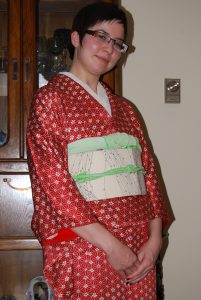
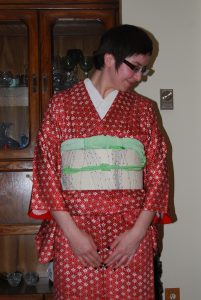
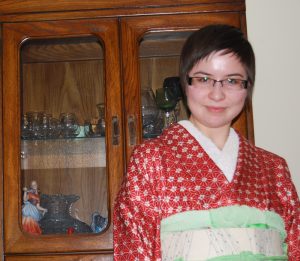
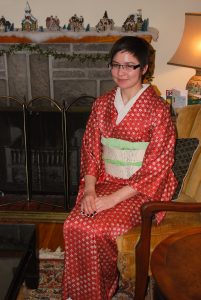
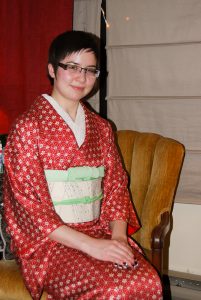
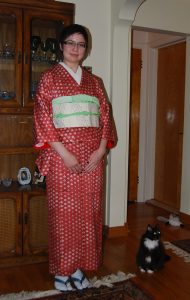
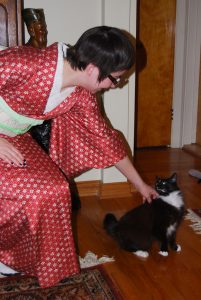
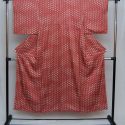
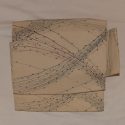
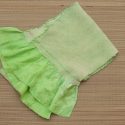
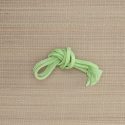

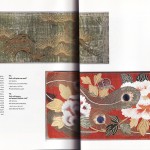
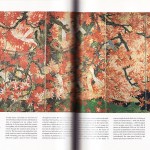
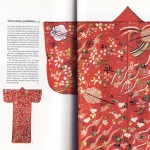
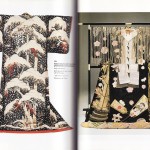









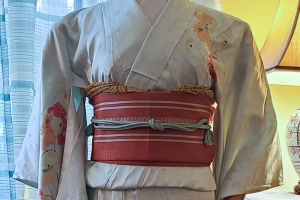
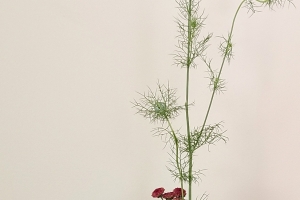
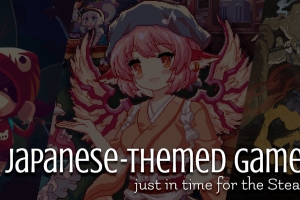
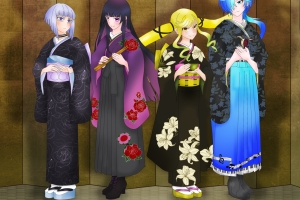
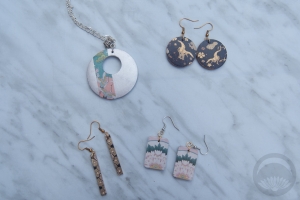

 Bebe Taian
Bebe Taian CHOKO Blog
CHOKO Blog Gion Kobu
Gion Kobu